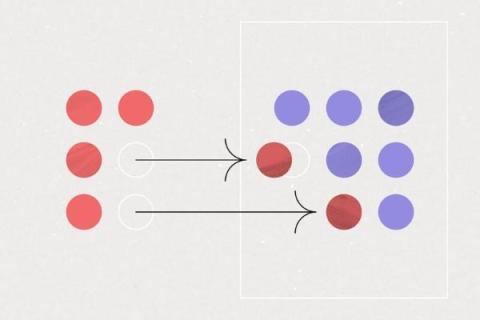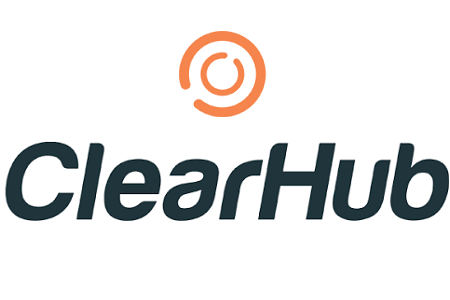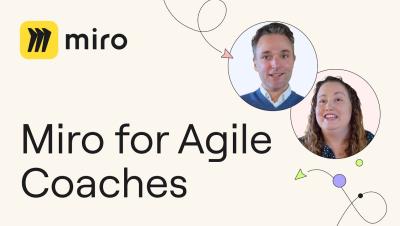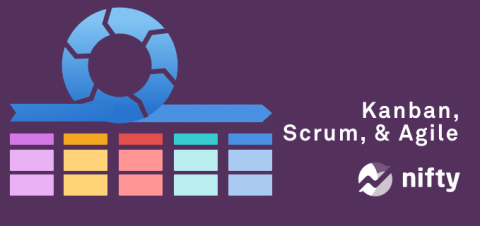Mastering Scrum Estimation: Techniques for Agile Teams
Accurate estimation is crucial in Scrum as it helps in setting realistic expectations for the workload associated with completing user stories or tasks. By assigning relative size or time values to each task, the team can make informed decisions about their capacity and plan sprints more effectively. This process not only aids in better sprint planning but also enhances the predictability of project timelines.











